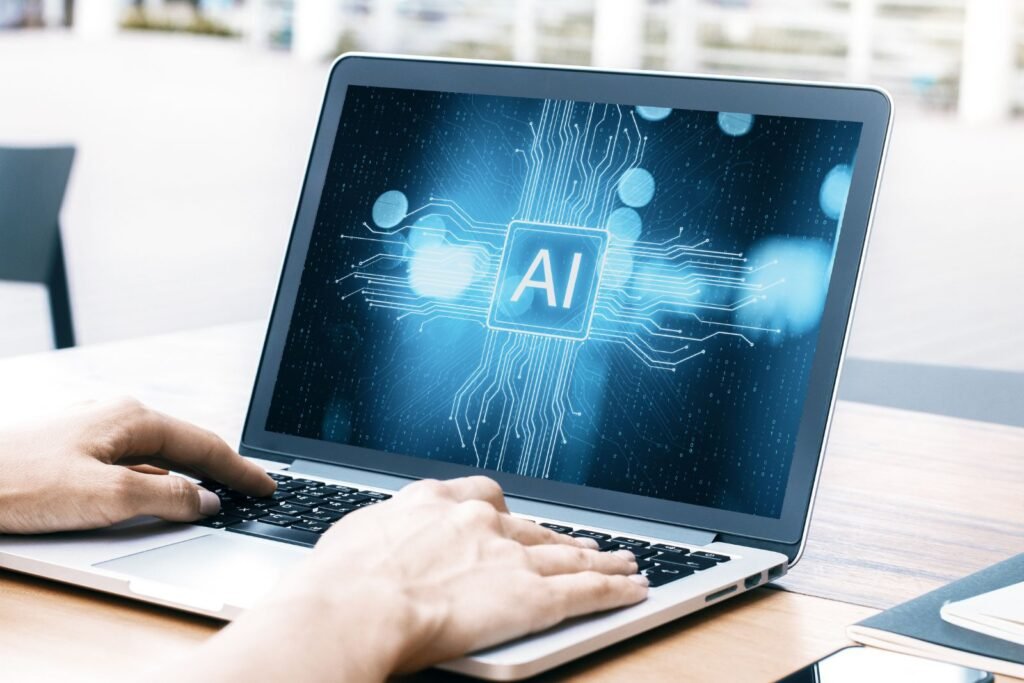In a pioneering effort, MIT researchers have introduced generative AI to the realm of database management, marking a significant leap forward in data handling and analytics. This innovative approach automates and enhances database functions, making them more adaptive and predictive.
The Traditional Database Challenge
Database management has traditionally required extensive manual effort. Tasks like optimization, data querying, and maintenance often consume valuable time and resources. As data volumes grow exponentially, these tasks become increasingly complex, necessitating more sophisticated solutions to maintain performance and efficiency.
Enter Generative AI
Generative AI, a subset of artificial intelligence focused on generating new data from existing datasets, offers a solution to these challenges. MIT’s researchers have harnessed this technology to create databases that can self-optimize, adapt to changing conditions, and predict future trends. This approach transforms databases into dynamic, self-sufficient systems capable of learning from the data they store and manage.
How It Works
The generative AI models developed by MIT researchers analyze vast amounts of data to understand patterns and relationships. By doing so, they can automate complex database management tasks. For instance, these AI models can:
- Optimize Queries: Automatically refine and enhance database queries for faster and more accurate results.
- Predict Maintenance Needs: Anticipate and schedule maintenance activities to prevent downtime and performance issues.
- Adapt to Changes: Continuously learn and adapt to new data inputs and usage patterns, ensuring optimal performance at all times.
Implications for Various Industries
This advancement has far-reaching implications for industries that rely heavily on complex data systems. In finance, for example, generative AI can enhance risk management and fraud detection by analyzing transaction patterns and predicting potential threats. In healthcare, it can improve patient outcomes by enabling more accurate and timely data analysis, aiding in diagnosis and treatment planning.
Future Prospects
The introduction of generative AI into databases is just the beginning. As this technology evolves, it is expected to further revolutionize how we handle and interpret data. Future developments may include even more advanced predictive capabilities and broader applications across various fields.
Conclusion
MIT’s groundbreaking work in integrating generative AI with database management represents a significant milestone in the evolution of data systems. By automating complex tasks and enhancing adaptability, this innovation promises to make databases more efficient, reliable, and intelligent. As industries continue to grapple with growing data demands, the adoption of such advanced technologies will be crucial in maintaining a competitive edge and driving further advancements.
Source: https://news.mit.edu/2024/mit-researchers-introduce-generative-ai-databases-0708, https://www.ox.ac.uk/news/2023-09-25-generative-ai-could-transform-work-boosting-productivity-and-democratising






